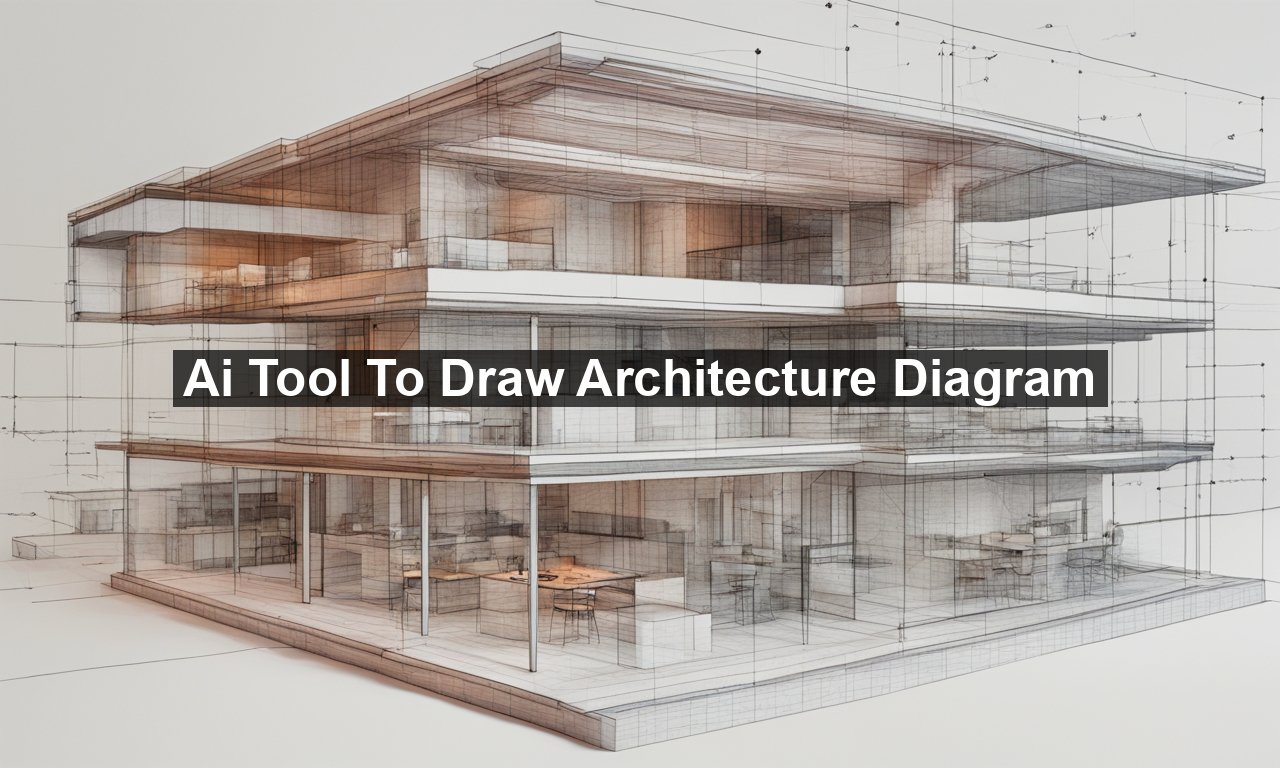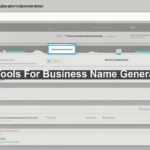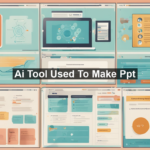Imagine effortlessly creating professional architecture diagrams without the need for intricate software or extensive design skills. That’s not just a dream anymore. Advanced AI tools are revolutionizing the way architects, developers, and designers approach their work. These tools not only streamline the process but also enhance accuracy, creativity, and collaboration. This article will delve into the importance of AI in drawing architecture diagrams, offer insights into its functionality, and reveal how it’s transforming the industry.
Understanding AI Tools for Architecture Diagrams
AI tools designed for drawing architecture diagrams harness the power of machine learning and artificial intelligence to simplify complex design tasks. These tools can automatically generate diagrams based on user inputs, suggesting optimized layouts, and even identifying potential design flaws.
Why Use AI for Architecture Diagrams?
Efficiency and Speed: Traditional methods of creating architecture diagrams can be time-consuming and prone to errors. AI tools can produce detailed diagrams much faster, allowing designers to focus on innovation and refinement.
Accuracy: AI tools minimize human error, ensuring that dimensions, scales, and alignments are spot on. This precision is crucial, particularly for intricate structural designs.
Accessibility: Not everyone has access to or is proficient in complex design software. AI tools are often more intuitive and user-friendly, democratizing the design process.
Cost-Effective: Reducing the time spent on manual design translates into cost savings. Moreover, these tools often come with features that negate the need for additional expensive software.
Features of AI Tools for Architecture Diagrams
AI tools come with a host of features that cater to both novice and seasoned designers. Here are some critical functionalities to look out for:
Automated Layout Suggestions
AI can analyze the input criteria and suggest various layout options. This feature is particularly useful for brainstorming sessions or when you hit a design roadblock.
Real-Time Collaboration
Many AI architecture tools support real-time collaboration. Team members can work together on a project simultaneously, ensuring everyone is on the same page and facilitating easier feedback integration.
Template Libraries
A wealth of pre-built templates can jumpstart your design process. These templates are customizable, allowing you to tweak them according to specific project needs.
Data Integration
Integration with other data sources like CAD software, databases, and spreadsheets ensures that your diagrams are not just visually appealing but also data-driven and functional.
Popular AI Tools for Drawing Architecture Diagrams
- Visio: Microsoft’s Visio has incorporated AI capabilities to streamline diagram creation. Its drag-and-drop functionality combined with AI-driven suggestions makes it a robust option.
- Lucidchart: Lucidchart uses AI to assist in creating clear and concise diagrams. Its collaboration features and intuitive interface make it a popular choice among professionals.
- SketchUp: Known for its 3D modeling capabilities, SketchUp also employs AI to help in the design of architectural diagrams, offering high-level precision and versatility.
Future of AI in Architecture Diagrams
The field of architecture is not slowing down, and neither is the advancement of AI. We can expect future AI tools to be even more integrated with other technologies such as Virtual Reality (VR) and Augmented Reality (AR), offering immersive design experiences. Moreover, as these tools become more advanced, their ability to learn and adapt to your specific needs will increase, further bridging the gap between your vision and the final product.
For those looking to dive deeper into understanding how AI is reshaping the architectural landscape, check out this comprehensive article on AI in architecture. Additionally, this guide to architecture software programs offers a thorough evaluation of tools worth considering.
Conclusion
The integration of AI in drawing architecture diagrams is not just a trend; it’s a revolution that’s here to stay. The efficiency, accuracy, and ease of use provided by these tools make them indispensable to modern design processes. By embracing AI, professionals can ensure their designs are not only aesthetically pleasing but also structurally sound and functional. The future of architecture lies in the fusion of human creativity and artificial intelligence, and those who adapt early will undoubtedly lead the industry forward.











